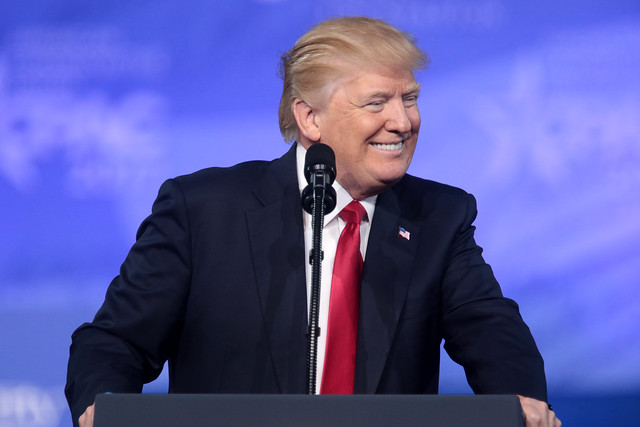
The Trump economy added 224,000 jobs in June, shattering market expectations and defying Democrats who said that tax reform and regulatory relief would not grow the economy. The U.S. economy has added approximately 6 million jobs since President Trump took office.
The Bureau of Labor Statistics Report shows that the unemployment rate held steady at 3.7 percent, a 50-year low. The unemployment rates for key demographics like women, African-Americans, and Hispanics remained near historic lows.
The labor force participation rate also held steady at 62.9 percent. This is a stark contrast to the 40-year lows the labor force participation rate hit under the Obama Administration.
Professional and business services led the growth with 51,000 jobs added in June. The healthcare industry added 35,000 jobs, and transportation and warehousing added 24,000 jobs in June. Construction employment also continued to trend up in June, with 21,000 jobs added.
Nominal wage growth also trended upwards at 0.2 percent. Over the past 12 months, wages have been up an average of 3.1 percent.
This strong jobs report shows that the Tax Cuts and Jobs Act is working for American workers.
GDP grew by 3.2 percent in the first quarter of 2019 and has averaged 3 percent quarter-to-quarter growth since the Tax Cuts and Jobs Act was passed into law.
Businesses have responded to the tax cuts by giving employees higher wages and creating new employee benefit programs, while utility companies are passing tax savings onto consumers in the form of lower rates.
Families are also seeing direct tax reduction – a family of four with annual income of $73,000 (median family income) will see a tax cut of more than $2,058, a 58 percent reduction in federal taxes. In net, households are paying an average of 24.9 percent in lower taxes according to a report released by H&R Block based on their clients’ tax returns.
In order to continue this strong economic growth, Congress should also ratify the United States-Mexico-Canada Trade Agreement (USMCA). The agreement updates NAFTA to include new automotive rules, new protections for intellectual property rights, and modernizes agricultural trade to benefit American workers. A recent report indicates that the USMCA would raise U.S. real GDP by $68.2 billion and create approximately 176,000 American jobs.
Tax cuts and deregulation have made America open for business again. It is time for Congress to finish the job by ratifying USMCA.

